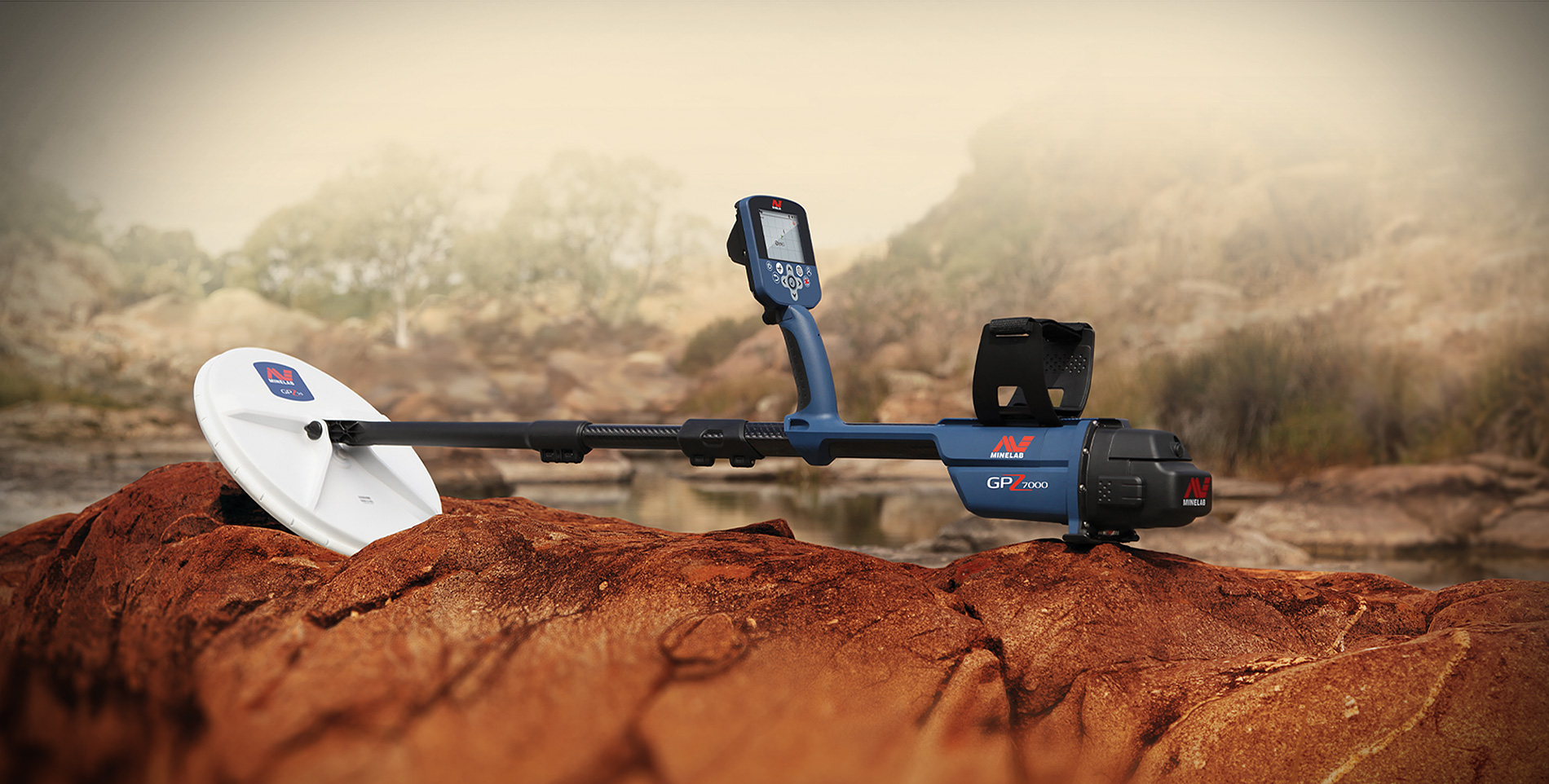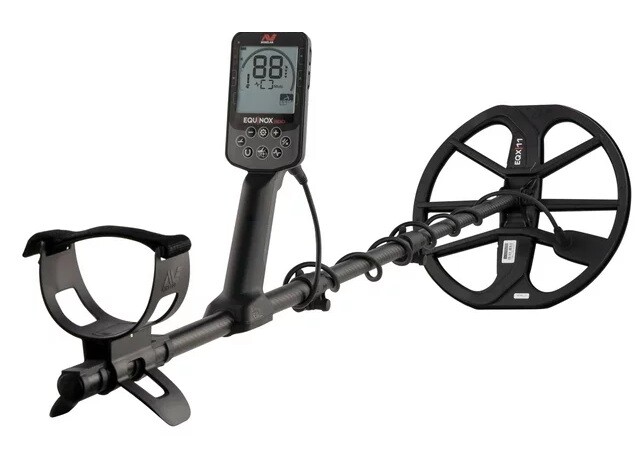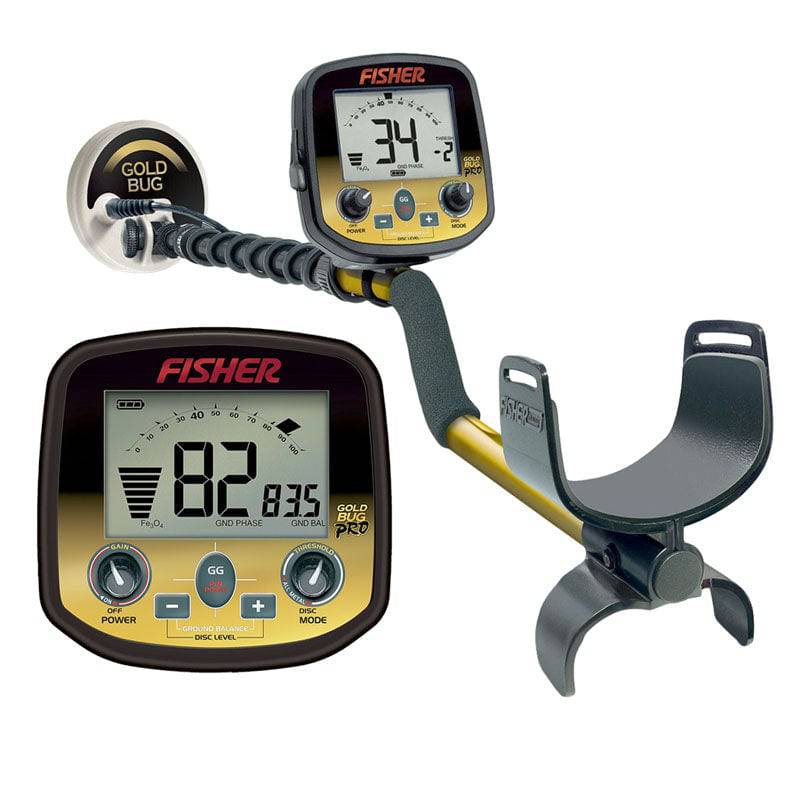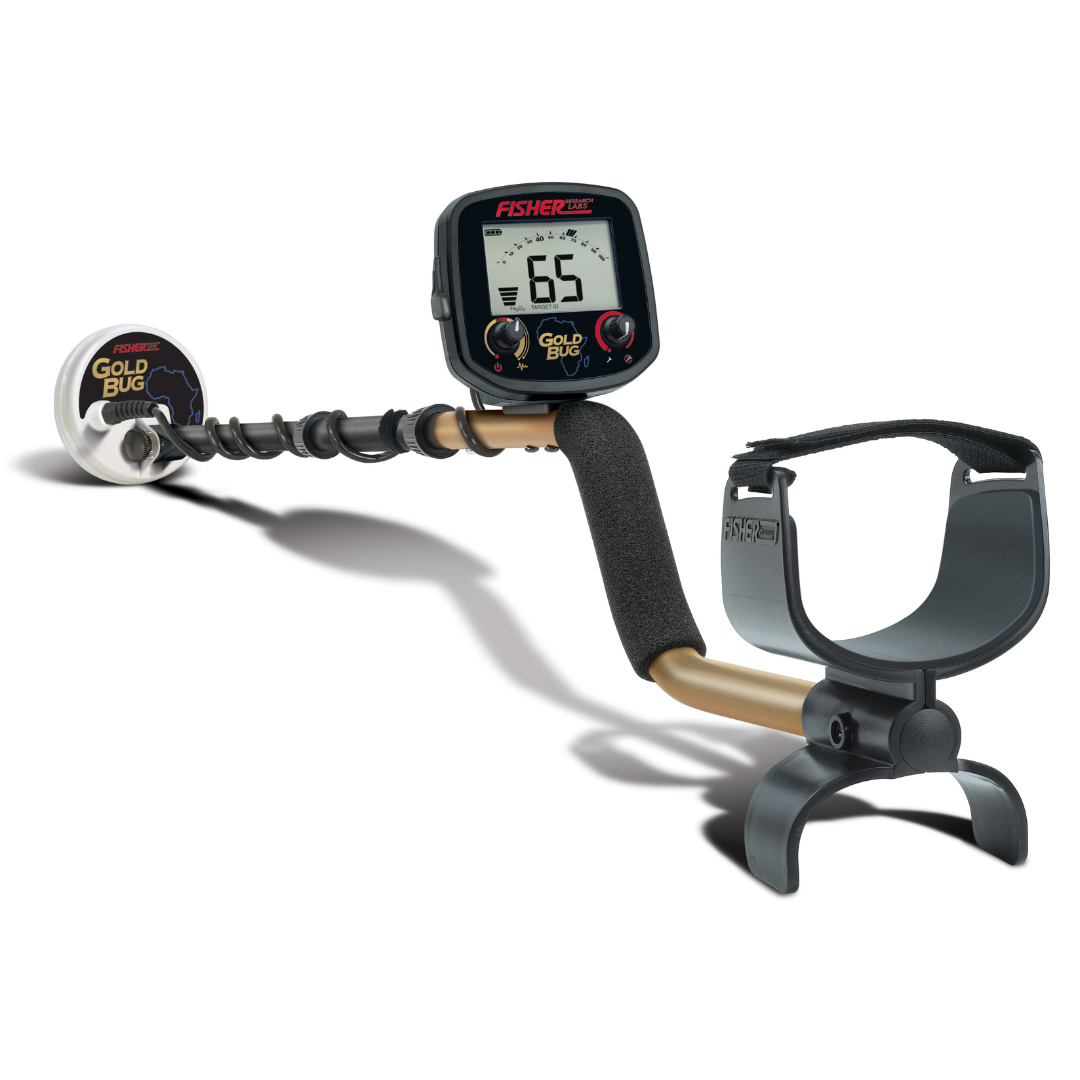A Comprehensive Guide to Using Metal Detectors for Gold Prospecting
Metal detecting for gold isn't just a hobby; it's a journey that can lead you to valuable treasures buried deep. No matter how much experience or how new you are to treasure hunting, you need to know how to use gold detectors correctly.
To make your quest for gold a reality, this ultimate guide will teach you the best metal detectors, tried-and-true methods, how to deal with problems, and the must-have tools.
Why Metal Detectors Are the Ultimate Tool for Gold Prospecting
The metal detectors made for gold hunting are powerful instruments that are meant to find gold in tough conditions. Metal detectors are different from traditional mining tools because they let you precisely search mineral-rich soils, rocky areas, and even near water.
Gold hunting with a metal detector offers several advantages:
- Portability: You can easily explore remote places without having to carry around a lot of heavy gear.
-
Efficiency: New technology can find even the tiniest gold flakes, which helps you find gold where other methods might miss it.
- Accessibility: Get to places that big mining equipment can't or doesn't want to go, like riverbeds, rocky hills, or wooded areas.
Fun fact:
The "Hand of Faith," the biggest gold nugget ever found with a metal detector, was found in Australia in 1980. It weighed over 27 kilograms, which is over 60 pounds.
Understanding Gold Detectors: Types and Features
Choosing the right detector is very important if you want to find gold. Gold detectors can be broken down into three main groups:
1. Very Low Frequency (VLF) Detectors
Best For: Small gold nuggets and shallow gold deposits.
-
Frequency: VLF detectors work at high frequencies, which makes them better at finding small gold nuggets and layers that aren't very deep.
- Ideal For: Low-to-medium mineralized soils, like riverbeds or places with light mineralization.
-
Features: VLF detectors are small, light, and simple to use, making them great for people who are just starting to look for treasure.
Example Models:
- Fisher Gold Bug 2
- Minelab Gold Monster 1000
2. Pulse Induction (PI) Detectors
Best For: Mineralized environments and larger gold nuggets.
- Frequency: PI detectors send waves into the ground, and mineralization doesn't affect them as much, so they work great in rough terrain.
- Ideal For: Deep gold deposits and areas with high mineralization such as salty soils or areas rich in iron.
- Features: PI detectors are more powerful than VLF models and are capable of detecting gold at greater depths. However, they can be less sensitive to small nuggets.
Example Models:
Minelab GPX 6000
Minelab GPZ 7000
3. Multi-Frequency Detectors
Best For: Versatile terrains and a variety of gold sizes.
- Frequency: Multi-frequency detectors combine the features of VLF and PI detectors to offer an all-in-one solution for various terrains and gold sizes.
- Ideal For: Prospectors looking for a versatile detector that can handle both large and small gold finds in different soil types and conditions.
- Features: These detectors provide a mix of depth, sensitivity, and ground balance, making them suitable for most locations.
Example Models:
- Minelab Equinox 800
- Nokta Legend
Top best Metal Detectors for Gold
1. Minelab GPZ 7000
Price: High-End
Technology: Zero Voltage Transmission (ZVT)
Key Features:
- It has an amazing depth of up to 2.5 feet and can find even the smallest gold bits.
- For better precision, advanced signal processing cuts down on ground noise and boosts the target signals.
- The coil is completely waterproof and ideal for exploring shallow water and the bottom of rivers.
- Ideal for deep prospecting in tough situations, such as very mineralized ground.
2. Minelab GPX 6000
Price: High-End
Technology: Multi Period Sensing (MPS) with GeoSense-PI
Key Features:
- Great for detecting small gold pieces at impressive depths, making it a top choice for serious prospectors.
- The design's lightweight and balanced make it comfortable to wear for long hunting sessions.
- With a waterproof coil, it's great for looking in wet, rocky areas or along streams.
- It has advanced multi-mode settings for different types of ground, so you can look in a variety of ways.
3. Minelab SDC 2300
Price: High-End
Technology: Pulse Induction (PI)
Key Features:
- It's small and foldable, so it's easy to carry and take on trips to look for gold in remote areas.
- Very sensitive to small amounts of gold in rough landscapes, and deeply mineralized ground.
- Fully waterproof, so you can go exploring in small water, rivers, and streams without any problems.
- Quick set-up with intuitive controls, making it easy to start searching right away.
4. Minelab Equinox 900
Price: Higher-Range
Technology: Multi-frequency (4 kHz–40 kHz)
Key Features:
- It's very cheap and strong, so it's great for both new and experienced prospectors.
- Multi-frequency technology improves performance on a range of surfaces, from acidic soils to wet sand.
- The simple interface lets you focus on prospecting instead of setting up choices that are hard to understand.
- Advanced filtering helps you get rid of metals that aren't gold so you can focus on finding valuable ones.
5. Minelab Gold Monster 1000
Price: Mid-Range
Technology: High-frequency (45 kHz–65 kHz)
Key Features:
- Automatic sensitivity adjustment for various terrains and gold types improves your chances of finding gold.
- Its lightweight, portable design makes it easy to carry and use during long prospecting days.
- Fast signal processing detects gold targets quickly, reducing time spent on each area.
- A great entry-level detector for gold prospecting with advanced features, making it suitable for both beginners and experienced users.
6. Fisher Gold Bug Pro
Price: Mid-Range
Technology: 19 kHz operating frequency
Key Features:
- Very sensitive to small gold particles, which makes sure that no nuggets are missed.
- The ground balance can be changed to work best in enriched soil.
- The lightweight and flexible design makes it easier to search for long periods without getting tired.
- It has both discrimination and all-metal modes, so you can easily switch between them depending on your needs.
7. Nokta Gold Kruzer
Price: Mid-Range
Technology: 61 kHz operating frequency
Key Features:
- Special search modes are specifically designed for detecting gold, making it a specialized tool for gold prospecting.
- Wireless headphone compatibility for convenience, allowing you to focus on detecting without the distraction of wires.
- Fully waterproof design, perfect for underwater searches in rivers and streams.
- Lightweight and well-balanced, great for all-day prospecting without strain.
8. Fisher Gold Bug
Price: Mid-Range
Technology: 19 kHz operating frequency
Key Features:
- Very good at picking up on small gold flakes, perfect for digging for fine gold in soft ground.
- Simple operation and easy-to-understand controls, perfect for beginners or those new to gold prospecting.
- A comfortable design that makes it easy to use for long periods.
- It's small and light, so it's perfect for long hikes or going to remote places.
Step-by-Step Guide to Finding Gold with Metal Detectors
1. Research Gold-Bearing Locations
- Rivers and Streams: Gold settles in bends, behind rocks, or in areas with slower water flow.
- Old Mining Sites: Abandoned claims and historical mines often contain overlooked deposits.
- Deserts: Look for dry riverbeds or areas with alluvial gold.
- Rocky Terrains: Focus on quartz veins and black sand, common indicators of gold presence.
2. Set Up Your Metal Detector
Before you start, ensure your detector is properly set up:
- Ground Balancing: Adjust the ground balance to minimize interference from mineralized soils and ensure accurate detection.
- Sensitivity: Set the right sensitivity to avoid picking up false signals, especially in areas with a lot of trash or natural mineral interference.
- Coil Selection: Choose the right size coil based on the area you’re searching. Smaller coils are perfect for tight spaces, while larger coils offer better depth for large nuggets.
3. Start Prospecting: Techniques and Tips
- Sweep Slowly and Steadily: Move the coil in slow, overlapping arcs close to the ground, covering every inch of the area.
- Listen Carefully: Gold typically produces a faint, steady signal. Learn to distinguish the sound of gold from other metals like iron or foil.
- Digging: Use specialized tools like a small shovel or scoop to carefully dig up the target without damaging the gold. Don’t forget to sift through the soil for smaller pieces.
- Focus on Bedrock: Gold tends to collect in cracks or crevices in bedrock, especially in riverbeds.
Challenges and Solutions in Gold Prospecting
Mineralized Soil:
Soils that are high in minerals can send mixed messages, which can be frustrating.
Solution: Get a detector that can balance on the ground or choose a Pulse Induction (PI) type, which is made for places with a lot of minerals.
False Signals:
False positives can happen when there is a lot of trash, like nails or wire.
Solution: Lessen the sensitivity to getting rid of unwanted messages and practice telling the difference between gold and trash.
Weather and Terrain:
Gold hunting can be challenging in extreme weather conditions or rough terrains.
Solution: Plan your prospecting trips for optimal weather conditions and wear comfortable, protective gear for hiking and exploration.
Must-Have Accessories for Gold Prospecting
To make your prospecting more efficient, consider adding these accessories to your toolkit:
- Pinpointers: Help locate small nuggets more accurately.
- Gold Pans: Use for sifting and separating gold from dirt during extraction.
- Shovels and Scoops: Essential for digging and retrieving your finds.
- Protective Gear: Gloves, knee pads, and a durable backpack to ensure comfort and safety during your gold hunting trips.
Conclusion:
A metal detector is a relaxing and exciting way to look for gold that combines technology with nature. If you pick the right detector, know how to use it properly, and are prepared for any problems that might come up, you can greatly improve your chances of finding valuable gold bits.
No matter your prospecting experience, staying patient, studying, and having the right tools are the most crucial steps to success.
Your gold prospecting trip can be enjoyable if you have the best devices, the right tools, and the right way to use them. Remember to keep going, keep learning, and most of all, have fun along the way!











































